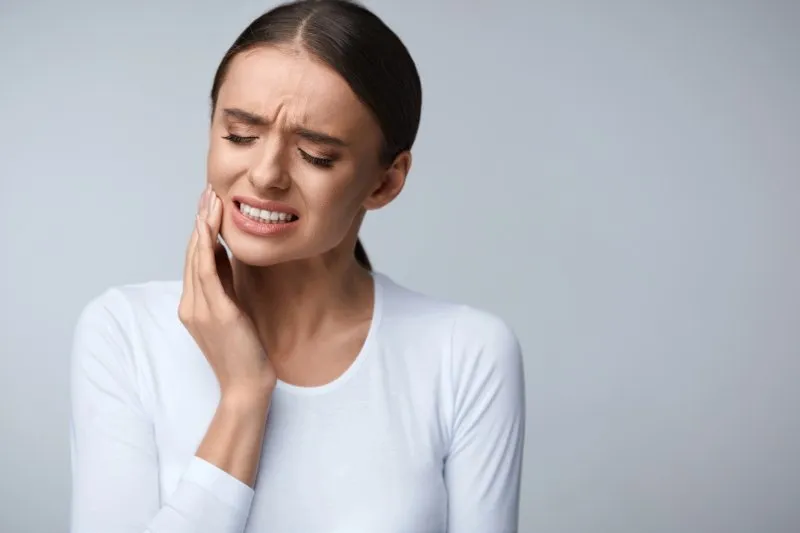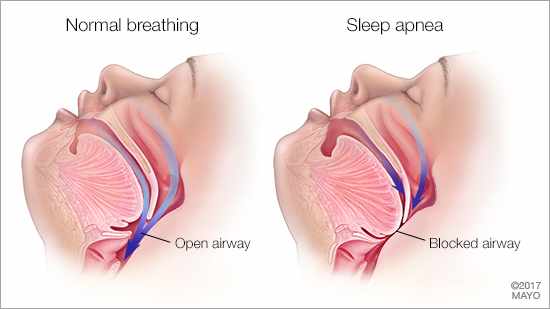TMJ FAQ
Stephen Deal • Mar 01, 2023
Frequently Asked Questions about TMJ...

What is TMJ?
TMJ is the acronym for the Temporo-Mandibular Joint.
This is the joint between your upper and lower jaws.
The upper jaw is fixed to your skull, aka…it does not move.
The lower jaw moves in many directions. It can hinge up and down, translate or move side to side, and even move front to back.
Understanding the joint: In the joint space, which is in front of your ears, the lower jaw and the upper jaw meet and are separated by a small cushion that we call the disc.The disc allows fluid movements and prevents bone-on-bone contact in the area. Many muscles, tendons, ligaments, nerves, and arteries surround this joint space.
What does it mean to “have TMJ”?
This can be confusing because many people refer to problems with this joint as “having TMJ”. Everyone has the TMJ joint, but when there are issues with it, it is referred to as TMD, or Temporomandibular Dysfunction or Temporomandibular Disorder.
When this joint becomes inflamed, or doesn’t function properly, it can cause a number of symptoms or issues.
What are the symptoms of TMD?
Generalized pain or discomfort
Clicking or popping noises in joint space
Facial swelling
Reduced range of motion in jaw
Sore or fatigued facial muscles
Dizziness or Vertigo
Migraines, headaches, sinus pressure
Improper bite – Jaws do not line up properly
Pain or discomfort in the neck or upper back region
What can cause TMD or TMJ disorders?
The cause of TMD or problems with the TMJ can vary from one patient to another. Some possible causes and contributing factors are listed below:
-Trauma to the head or neck
-Arthritis
-Bruxism: clenching or grinding of the teeth
-Dislocated disc: cushion is out of place in the joint
-Stress
How can you fix the TMJ?
Depending on the diagnosis and what is wrong with the joint, the usual first steps of treatment involve relieving the inflammation of the joint space and other causative factors.
This often involves wearing a specific type of dental appliance that changes your bite so that the joints are in a better position to heal.
The appliance also helps provide room in the joint for the disc to find its proper position which is between the upper and lower jaws.
After relieving the inflammation and healing in the appliance, the doctor will give long term options to help prevent relapse or pain in the future.








